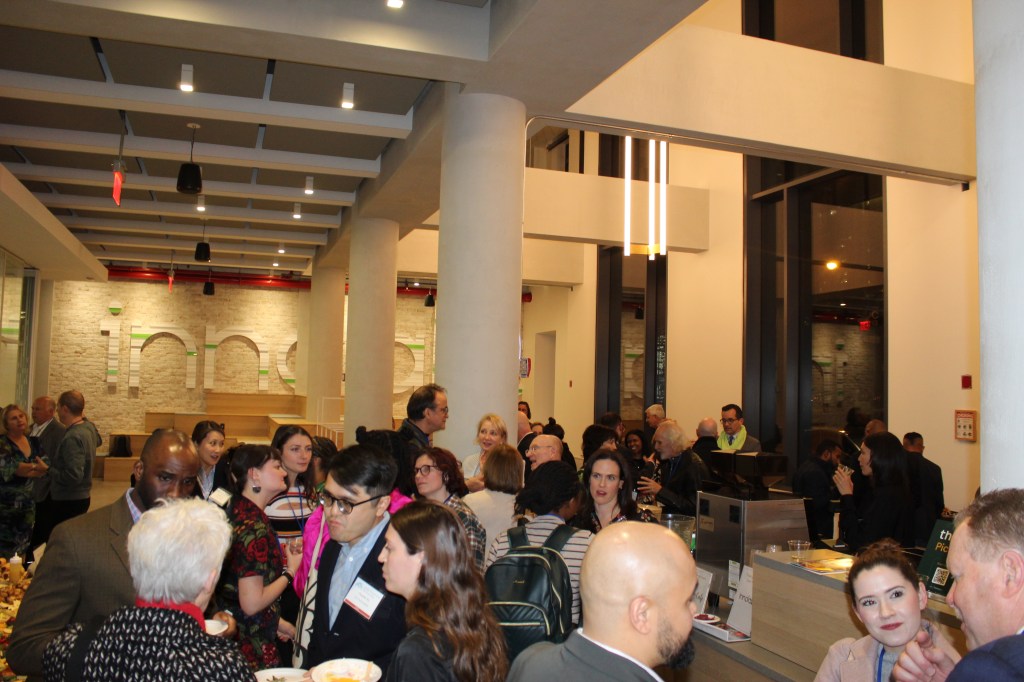Commuting on the Long Island Rail Road from Queens to Manhattan can be a maddening experience. All too frequently train service is disrupted because of problems in the four East River tunnels connecting the borough and parts beyond to Penn Station.
The tunnels are owned by Amtrak, which has come under growing pressure from the Metropolitan Transportation Authority, transit advocates and passenger groups to upgrade the conditions in these vital tubes.
The LIRR is operated by the MTA, which has repeatedly expressed its frustration at not having control over the maintenance of the tunnels. The MTA has blamed Amtrak, which uses the tunnels to run trains to Boston, for taking too long to fix and update the infrastructure.
Following several recent service outages that turned rush hours into nightmarish travel episodes for LIRR riders, Amtrak has finally agreed to upgrade the tunnels. After prodding from U.S. Sen. Charles Schumer, Amtrak has pledged to replace aging rails, conduct more frequent inspections of the tunnels and respond faster when maintenance problems are discovered.
More than 300,000 people use the LIRR every day and most of them travel through the East River tunnels. According to Schumer’s office, the LIRR’s daily passenger load exceeds the total number of riders traveling on the Northeast Corridor between Washington and Boston each day.
The LIRR is an essential public transportation link for many commuters in Queens, particularly in the eastern part of the borough, which is beyond the reach of the city subway system. The alternative may be an express bus or a dollar van to the nearest transit center.
The one subway to northeastern Queens ends in Flushing, leaving residents who work in Manhattan from surrounding neighborhoods with limited travel options. The LIRR’s Port Washington branch makes stops between Flushing and Little Neck.
A ticket on the LIRR costs more than a ride on the subway, but when the railroad is operating on time, it delivers passengers to their destination — jobs, school, Mets games at Citi Field and the USTA — without a lot of fanfare.
Leaves on the tracks in the fall and signal problems also interfere with travel, but Amtrak is off the hook for those complaints.
The LIRR will provide a ride worth taking for thousands of commuters in Queens as long as Amtrak is prepared to live up to its promise to improve the East River tunnels over the next three to five years.

































